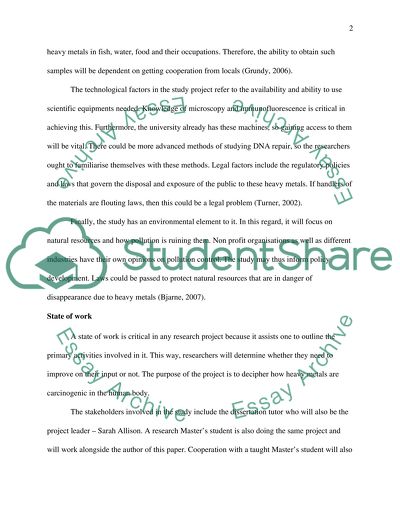Cite this document
(Medical Biotechnology and Leadership Coursework, n.d.)
Medical Biotechnology and Leadership Coursework. https://studentshare.org/health-sciences-medicine/1628804-medical-biotechnology-and-leadership
Medical Biotechnology and Leadership Coursework. https://studentshare.org/health-sciences-medicine/1628804-medical-biotechnology-and-leadership
(Medical Biotechnology and Leadership Coursework)
Medical Biotechnology and Leadership Coursework. https://studentshare.org/health-sciences-medicine/1628804-medical-biotechnology-and-leadership.
Medical Biotechnology and Leadership Coursework. https://studentshare.org/health-sciences-medicine/1628804-medical-biotechnology-and-leadership.
“Medical Biotechnology and Leadership Coursework”. https://studentshare.org/health-sciences-medicine/1628804-medical-biotechnology-and-leadership.


